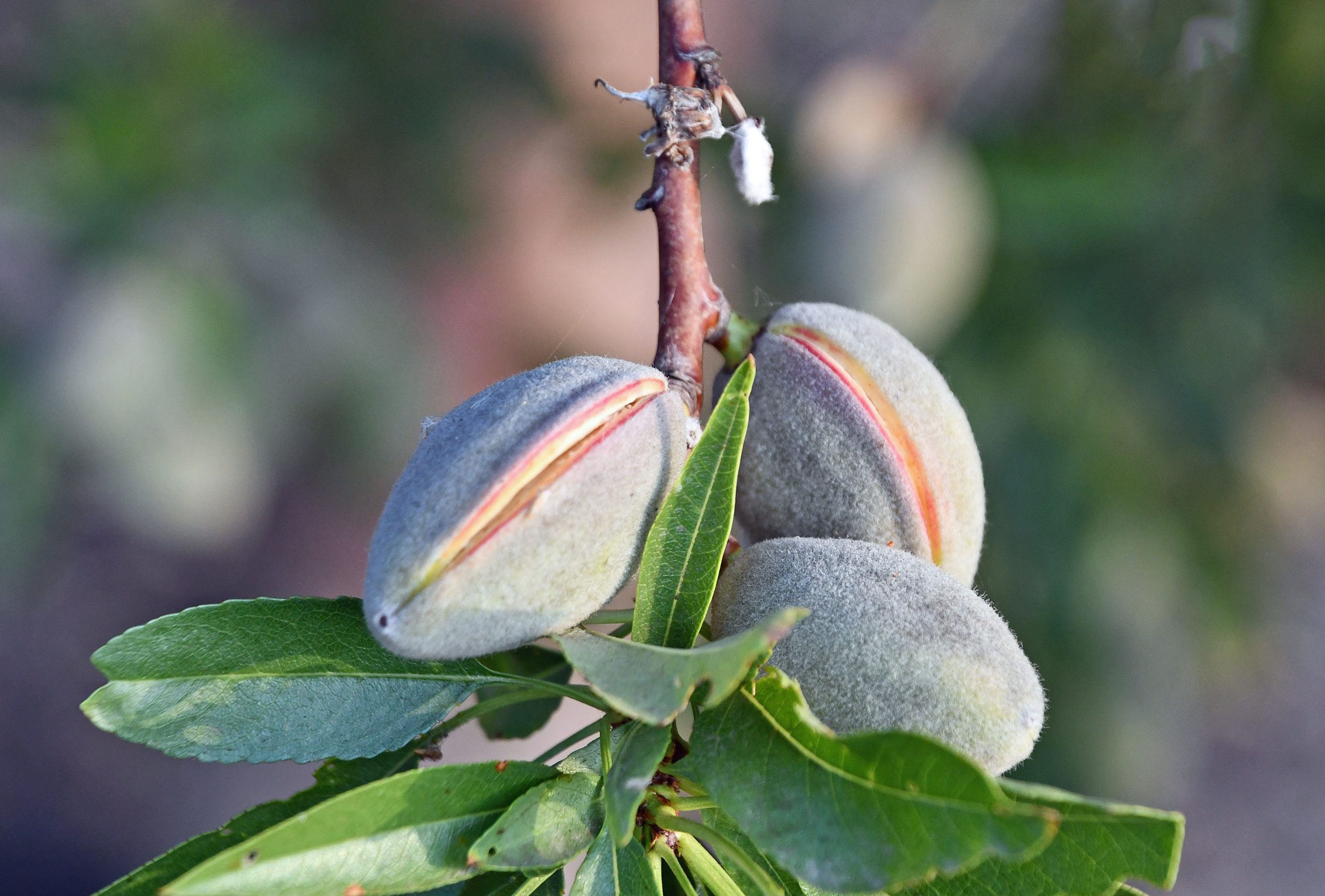By Craig W. Anderson
The USDA’s National Agricultural Statistics Service (NASS) estimates the California almond crop to be 2.80 billion pounds which is a 7% decrease from May’s Subjective Forecast.
A combination of this lowered crop estimate, higher prices, an 800 million carry-in contributing to a record-setting string of 10 consecutive months of at least 212 million pounds shipped per month and the crop being one of the largest in history represent “a light at the end of a tunnel of tough times for almonds over the last couple of years,” said SJFB Executive Director Andrew Genasci. “A smaller supply means higher prices and I hope this is the beginning of a turnaround for almonds.”
He noted the “carry-in issues alone were almost historic in themselves.”
The USDA’s NASS report noted crop conditions were due to “mostly favorable weather during bloom, significantly higher bee hours than last year, wet and warm weather in April increased pest and disease pressure but dry conditions and mild temperature …helped the developing crop.” Also, multiple heat waves across the state during June and July “required growers to increase irrigation” and that the “almond harvest is expected to be on schedule.”
Genasci pointed out that the 2024 production forecast of 2.80 billion pounds is down 7% from May’s subjective forecast and 13% higher than last year’s crop of 2.47 billion pounds. “That 7% is very good because it will result in better prices for a crop that’s the third largest in California almond history.”
Clarice Turner, president and CEO of the Almond Board of California said the success “reflects both a good bloom and hard work by California almond growers during trying times. Never before has the industry shipped even 200 million pounds 10 months in a row in the same crop year. The demand for almonds remains robust and consistent.”
“We expect only minor changes, if any, to the supply for market this next crop year because the forecasted increase in crop size will mostly be offset by the smaller carryout,” Turner commented.
Orchards sampled in San Joaquin County in 2024 totaled 39 with nuts per tree checking in at 3,860 compared to 39 and 3,196 in 2023.
“We haven’t seen the walls inside our warehouses for two years because of the carry-in,” said Dave Phippen, partner in Travaille and Phippen, almond packers and processors in Manteca. “There is optimism in the industry now caused by a perfect good storm with the good estimate, better prices and the carry-in filling shipments of 10 consecutive months of more than 200 million pounds per month.”
The industry will market against the estimated numbers this year and wait for January next year, Phippen said. “We’ll take this market like a big dog and run with it.”
SJFB President Les Strojan noted that a major problem was almond cargo backed up at California ports due to the pandemic and China booking carriers that then bypassed California ports, adding to the almond industry’s challenges.
“Our almond growers always had good luck in moving product,” he said. “But this was a real setback.”
He added that “quite a few young orchards are coming in and major crops like almonds contribute an underlying value to ag in the county. It’s good to see almonds on the way back.”
Genasci said, “This success echoes throughout the whole of San Joaquin County agriculture with a positive effect on processing, packaging, employment, marketing and shipping, to name a few.”
“Almonds may be a small bright spot for the county’s agriculture, but it’s a bright spot nonetheless,” he said.

